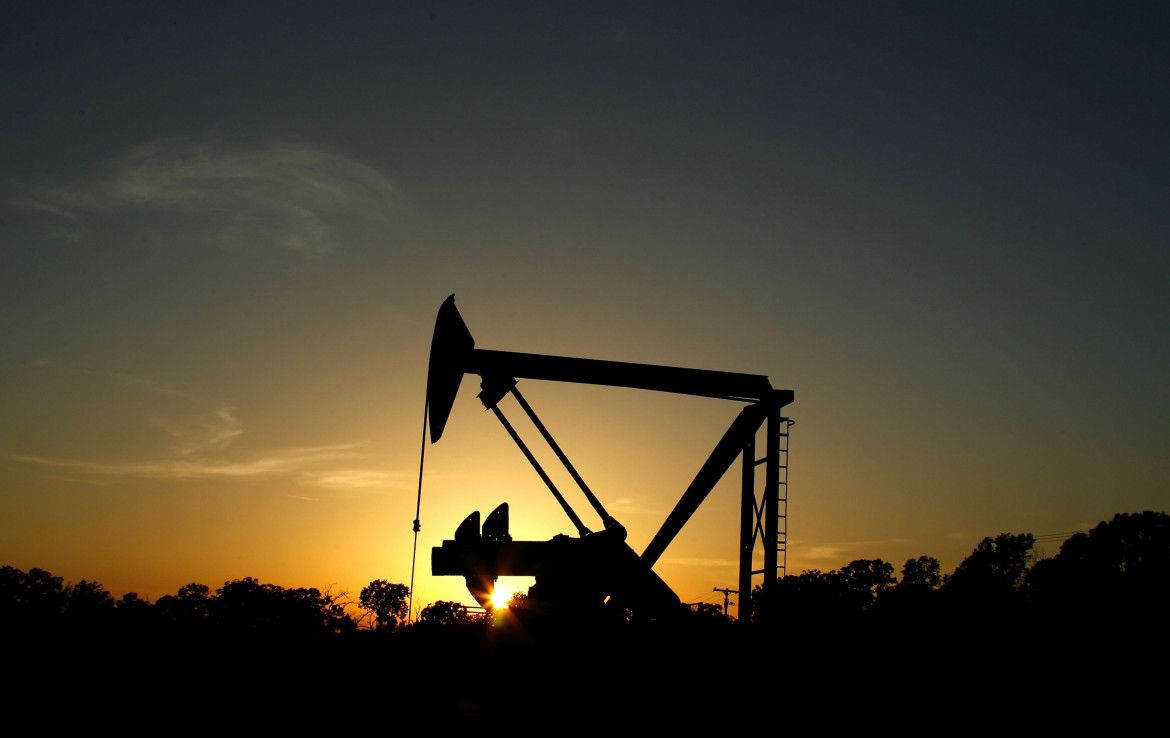Analysis
How the Middle East energy map has changed since the last major conflict
Fifty years after the Yom Kippur War, energy insecurity for oil- and gas-importing states is again on the agenda: all the more so after the Russian invasion of Ukraine. But Israel will not have the same vulnerability as it did in 1973.

With the Gaza war, will we see another oil shock like in 1973? In his lengthy speech from Lebanon, Hezbollah leader Hassan Nasrallah avoided declaring war on Israel but spoke about an economic war to stop the slaughter in the Strip: “We are not asking for your armies or your weapons … We are calling on the Arab and Muslim states to cut off oil and gas and food supplies from Israel.”
Hezbollah’s call for the oil states to shut off supply to Tel Aviv echoes the call from Libya’s Tripoli-based High Council of State (also joined by representatives from Cyrenaica) “to cut ties with countries that support the Zionist entity by blocking gas and oil exports.” Nasrallah aims to prod Egypt, Saudi Arabia and the Gulf monarchies, which have relations with Israel, to cut off energy supplies to it.
The Shiite leader’s call for an embargo is coming from Lebanon, where Hezbollah, as a member of the government, effectively agreed in 2022 to the U.S.-brokered deal for the demarcation of the maritime border between Israel and Lebanon (which have been technically at war since 1948) and the exploitation of gas from the Karish and Qana undersea fields. Nasrallah had presented this arrangement as “not the result of the generosity of the U.S. and Israel but rather the result of Lebanon’s strength,” a country in dire economic straits.
What was the significance of the Yom Kippur War, whose 50th anniversary coincided with the Hamas massacre? The embargo imposed by the oil-exporting Arab countries after the 1973 crisis had transformed all geopolitical balances and doctrines, a trend that was then reinforced with the Khomeinist revolution in Iran in 1979, Washington’s terrible year with the loss of Tehran as an ally, followed at the end of the year by the Soviet invasion of Afghanistan. Since then, the U.S. committed itself militarily for decades in the Gulf and Middle Eastern wars, only to disengage with the disastrous withdrawal from Kabul in 2021.
While the gradual normalization of Israel’s role in the region – the intention of the U.S.-sponsored Abraham Accords – might have suggested a simplification of the energy and political map of the Middle East, ignoring the Palestinian issue altogether, the war with Hamas and the threat of regional conflict have now reshuffled all the cards. Including for Italy and its nondescript Mattei Plan, confusingly outlined – and, most importantly, without many resources to speak of – by the present government.
Italy has opened two crucial discussions with Tunisia (migration) and Algeria (gas), which have both declared their support for the Palestinian cause and Hamas. Tunisia intends to pass a law that will make all economic relations with Israel illegal. Algeria has also taken an openly pro-Hamas position, while Algiers is our main gas supplier, with 40 percent, and Sonatrach is a strategic partner of ENI. Together with the positions of the Libyans, the disposition of our main Mediterranean partners looks rather problematic for the government in Rome, which abstained on the U.N. resolution calling for a ceasefire in Gaza, voted by France and Spain. These are the kinds of things the countries on the southern shore of the Mediterranean are paying close attention to.
Fifty years after the Yom Kippur War, energy insecurity for oil- and gas-importing states is again on the agenda: all the more so after the Russian invasion of Ukraine. But Israel will not have the same vulnerability as it did in 1973 – as Helene Thompson, professor of Political Economy at Cambridge University, pointed out in Le Grand Continent. Thanks to the Leviathan, Tamar and Karish offshore fields, Israel is self-sufficient in gas, although exploitation of the Tamar field was suspended the day after the Hamas attack. More than half of Israel’s oil imports come from Azerbaijan, in exchange for substantial military exports, which, along with those from Turkey and Italy, helped Baku drive the Armenians out of Nagorno Karabakh.
Israel has also forged important energy partnerships with several Arab states. It began exporting gas to Jordan in 2017 and to Egypt in 2020. Following the Abraham Accords – which normalized relations with the UAE, Bahrain, Morocco, and Sudan – it agreed with the UAE on an energy strategy that allows the Gulf monarchy to sell oil through the Eilat-Ashkelon pipeline. One of Abu Dhabi’s sovereign wealth funds holds a 22 percent stake in the Tamar gas field.
As irony would have it, Iran, through Hezbollah, is now calling on the Arab states to impose oil sanctions on Israel in the name of Islamic solidarity, even as the Jewish state is able to resupply from outside the Middle East. But a war between Iran and Israel would again change the game for everyone.
The fact that China, which has replaced the U.S. as the world’s largest oil importer, is dependent on Iran makes it difficult for Washington to strengthen, or even strictly enforce, existing sanctions against Tehran without provoking a confrontation with Beijing. Several European states, including the U.K., France, Germany and Italy, depend on Qatar for liquid gas, a Hamas supporter and a major investor in real estate and soccer in Europe. There may not be an energy shock as in 1973, but we are facing the beginning of an era of paradoxes and compromises that would have been unthinkable 50 years ago.
Originally published at https://ilmanifesto.it/lo-shock-della-nuova-mappa-dellenergia on 2023-11-05
